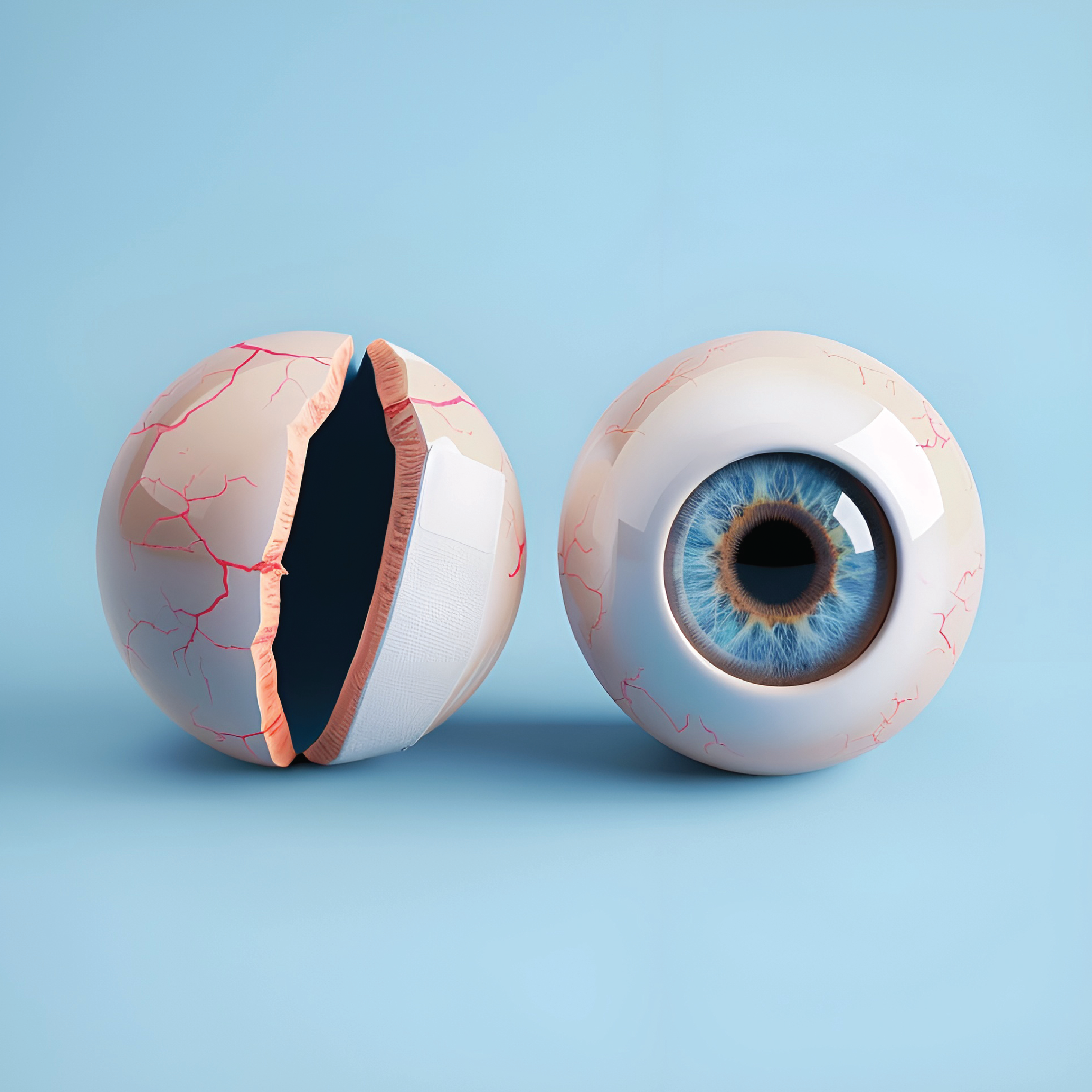
To mark the 10-year anniversary of The Ophthalmologist’s Art of Eyes annual feature, we are showcasing this year’s entries in a three-volume series. We begin with the finest images, illustrations, and paintings from those working in the ophthalmic field.
Eyes of conflict
Fares Antaki was born and raised in Aleppo, Syria. Currently a vitreoretinal surgery fellow at the Cleveland Clinic Cole Eye Institute, he has had a long-standing passion for art and technology. The rise of generative artificial intelligence models has enabled him to combine these interests, easing the technical skills required for art creation.
Of this image, he says: “The rise of worldwide armed conflicts has brought immense suffering. For survivors, the aftermath can involve life-altering wounds – including ocular injuries. Losing vision means more than just the loss of sight; it often signifies the loss of livelihood for entire families, perpetuating a cycle of misery.”
www.faresantaki.com
Patterns of the iris
Monika Majchrowicz has been practicing ophthalmology for over 20 years in Bielsko-Biała, Poland. In her view, “the iris is one of the most fascinating and beautiful tissues in the human body. Each iris has unique and intricate patterns – not even identical twins have iris patterns that are the same.”
Monika occasionally isolates the iris from its surroundings in her photography, presenting it in a simple, minimalist style. At other times, she combines iris photos with those taken by a fundus camera for a less realistic effect. These close-up photos reveal details such as color gradients, textures, patterns, and even tiny blood vessels, making the eyes appear like alien landscapes.
The colors of retinal pathology
Feyene Art is the pseudonym of an optometrist who began painting and drawing the summer before optometry school. Reflecting on this period, they said “I started making art to closely study fundus photography and capture retinal pathology colors and shapes I might otherwise miss. Posting the paintings on Instagram received positive feedback from other ophthalmologists and optometrists, encouraging me to sell them and their prints to help pay off student loans. Fundus photos looked surreal to me initially, and I believe anyone unfamiliar with them would see them as abstract paintings.”
www.instagram.com/feyeneart/
The Comparative Ocular Pathology Laboratory of Wisconsin
The Comparative Ocular Pathology Laboratory of Wisconsin (COPLOW) was founded in 1983 when Dick Dubielzig was hired to provide pathology services at the University of Wisconsin Veterinary School. COPLOW provides diagnostic services for veterinary ophthalmologists, educational services and clinical research of ocular pathology and anatomy.
www.vetmed.wisc.edu/lab/coplow/
“Intangible to tangible”
Nima Ghadiri is a consultant ophthalmic physician. “This holistic, integrative speciality exists at the interface between the eye and systemic medicine,” he says.
Ghadiri recently co-hosted the Uveitis North-West training day ,"A Palette of Possibilities," at the Whitworth Art Gallery in Manchester, UK. He believes that art can be invaluable in giving form to the subjective experiences of patients, transforming the intangible into tangible visual representations. In ocular inflammation (which can be invisible to the naked eye), art can capture the complexities of the condition, and even create a visual narrative.
Deep into the eye
Mirna Ehab is an Egyptian doctor, self-taught artist, and medical illustrator, who has a strong belief in the ability of art to express ideas, teach, and learn.
Eye see stars
Antonio Yaghy is an intern at UMass Memorial Medical Center in Worcester, MA, USA. In addition to his passion for ophthalmic research, he enjoys creating digital art, playing music, and writing poetry. His artistic works have been selected for publication in medical journals including the AMA Journal of Ethics, JAMA Oncology, the Canadian Medical Education Journal, and Palliative & Supportive Care.
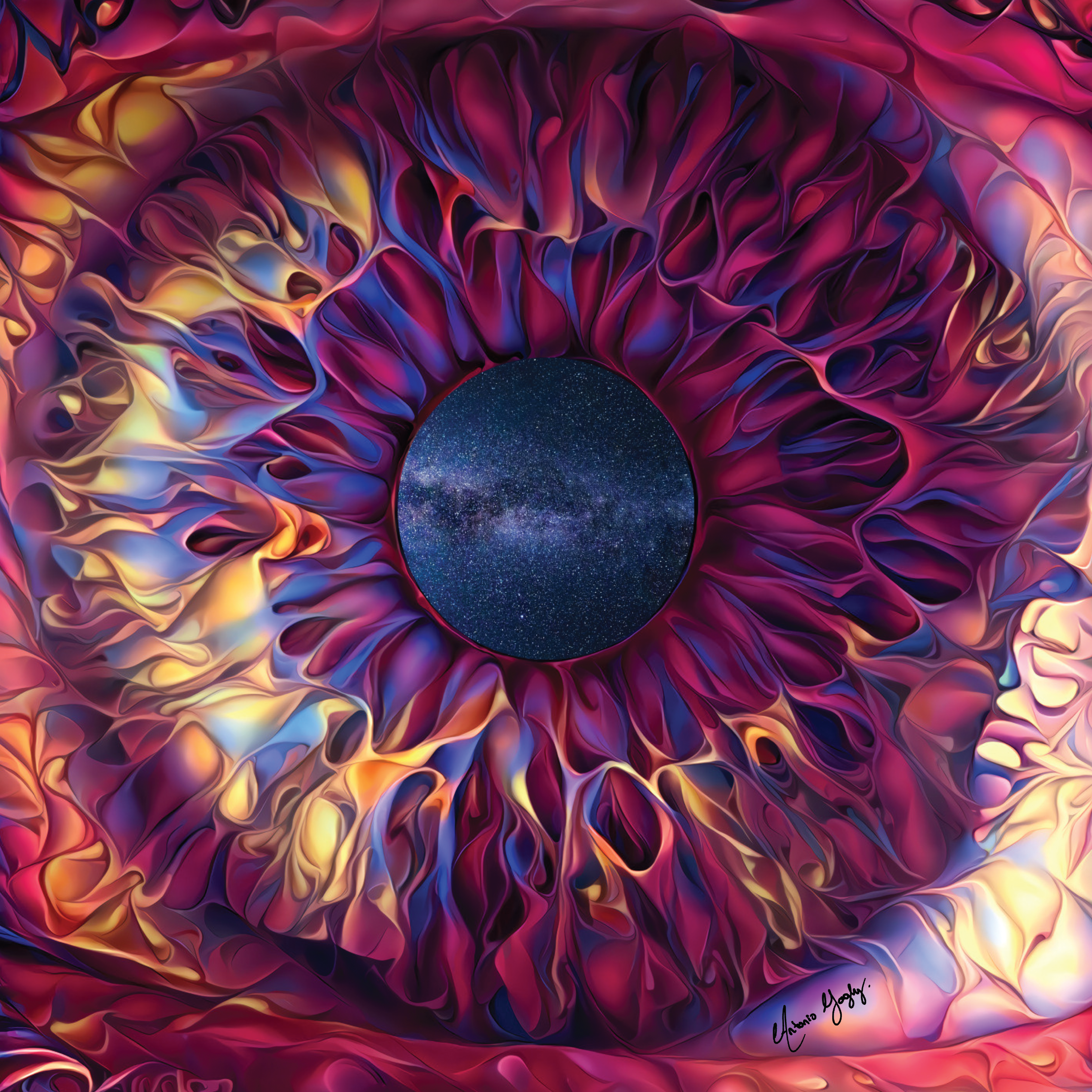
“This piece aims to highlight the profound connection between our eyes and the universe, reminding us of the wonders that sight allows us to perceive.”
“The Teal Invasion”
Rushmia Karim completed her medical degree at the University of New South Wales, Australia, and earned a Masters’ degrees in Ophthalmology and Clinical Epidemiology from the University of Sydney. She also holds a Genomics degree from Imperial College London. She later trained in the London ophthalmology vocational program, including Moorfields Eye Hospital, where she completed a fellowship in Strabismus and Paediatric Ophthalmology and has subspecialty training in Neuro-ophthalmology.
She is a Fellow of the Royal Australian and New Zealand College of Ophthalmologists and the Royal College of Ophthalmologists, UK, and is affiliated with the Save Sight Institute at the University of Sydney.
The return of Dr. Lizard
Dorothea Laurence is a second-year resident at the university clinic in Göttingen, Germany (Universitätsmedizin Göttingen). Between graduating from medical school and her current residency, she spent a few years in the US with her husband and daughters. That’s where her love for English-speaking cartoon animals and mixed-media illustrations was born. Her favorite tools are dip-pens and ink, pencils and watercolors.
During the first year of her residency, the pun-leaning terminology in ophthalmology inspired her to create the enigmatic character “Dr. Lizard”, who was featured in the summer art issue of The Ophthalmologist in 2021. Since Dr. Lizard’s first appearance, his impeccable diagnoses have become a regular contribution in the magazine of one of the two main German ophthalmology associations, “Der Augenarzt” (BVA, Berufsverband der Augenärzte Deutschlands).”
www.instagram.com/dorotheaslaurence/?hl=en
Flourishing furniture art
Reem Osama is a lecturer of ophthalmology at Ain Shams University in Cairo and a Fellow of the Royal College of Surgeons of Glasgow. As a practicing vitreoretinal surgeon, Osama combines medical expertise with a deep passion for art.
Osama comments: “I have had this vision since my teenage years that I would not earn money from my practice in medicine but always from my art… I make hand painted furniture pieces. Each of them is unique and has a strong inspirational story.”
https://www.instagram.com/reemosamaart/
Eye on Ukraine
Ariana Allen is a Ukrainian-American ophthalmology resident at Duke University, where she also completed her medical school training. Allen's piece, Eye on Ukraine, was first featured at the Ukrainian Art Festival in Durham, NC in 2023. As the war in Ukraine continues, Allen hopes this painting will not only highlight the beauty of sight, but also encourage individuals not to be blind to world issues that may seem distant but have far-reaching consequences.
https://x.com/arianaalle28
Four faces
Luigi Marino has been an eye surgeon since 1983. He is currently President of IDEA International Dry Eye Academy, Director of European Dry Eye Institute, member of American Academy of Ophthalmology (AAO) and European Society of Cataract & Refractive Surgeons (ESCRS).
https://www.instagram.com/profluigimarino/?hl=en
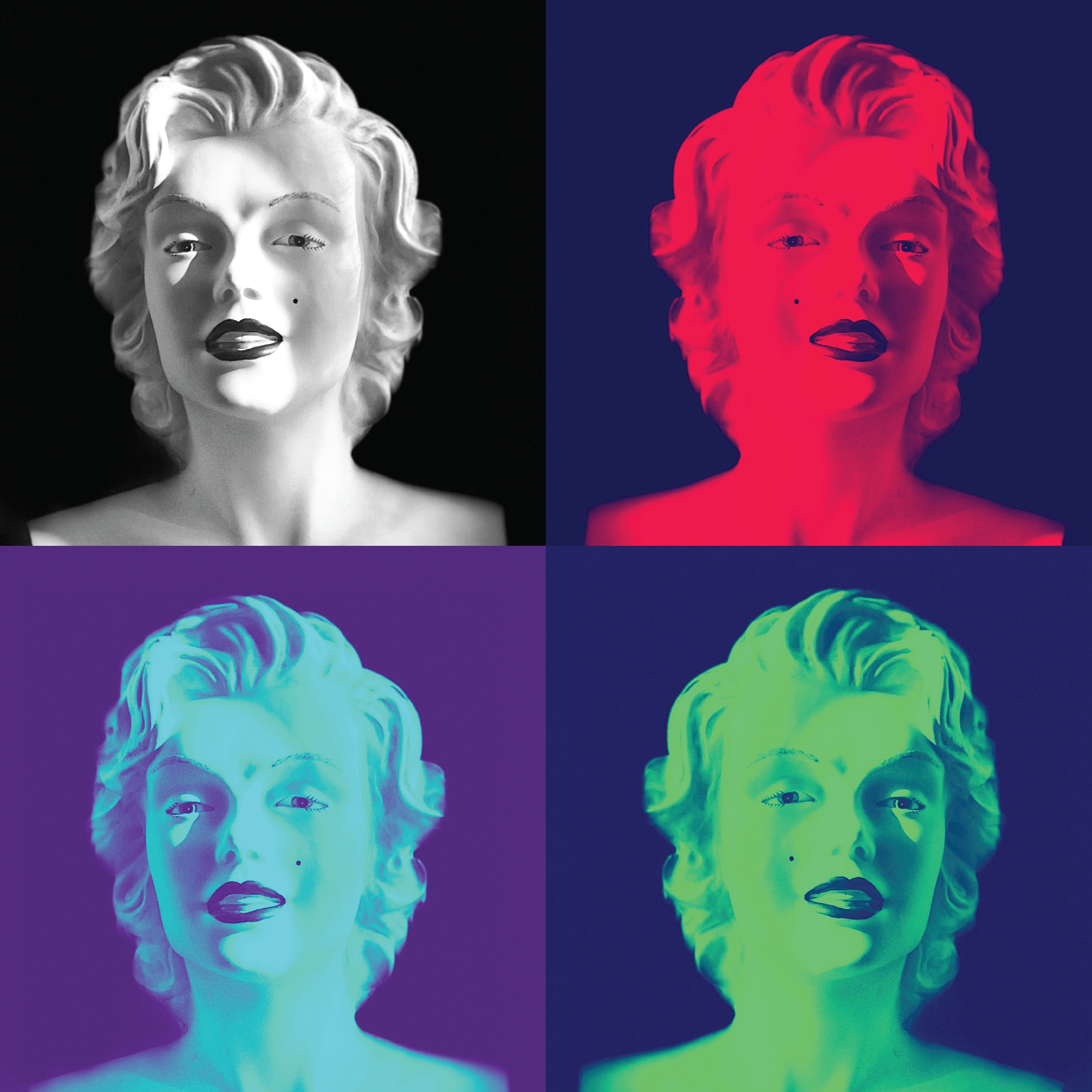
Progress over perfection
Tanya Trinh is a triple fellowship qualified Australian ophthalmologist with extensive expertise in the areas of refractive, cornea, cataract and pterygium surgery. She is a staff specialist at the Sydney Eye Hospital, Principal Surgeon at Mosman Eye Centre and is also the co-director of Australia's Keratoprosthesis Program. She currently trains fellows, registrars, and residents in the public and private system in Sydney, Australia.
https://www.instagram.com/drtanyatrinh/
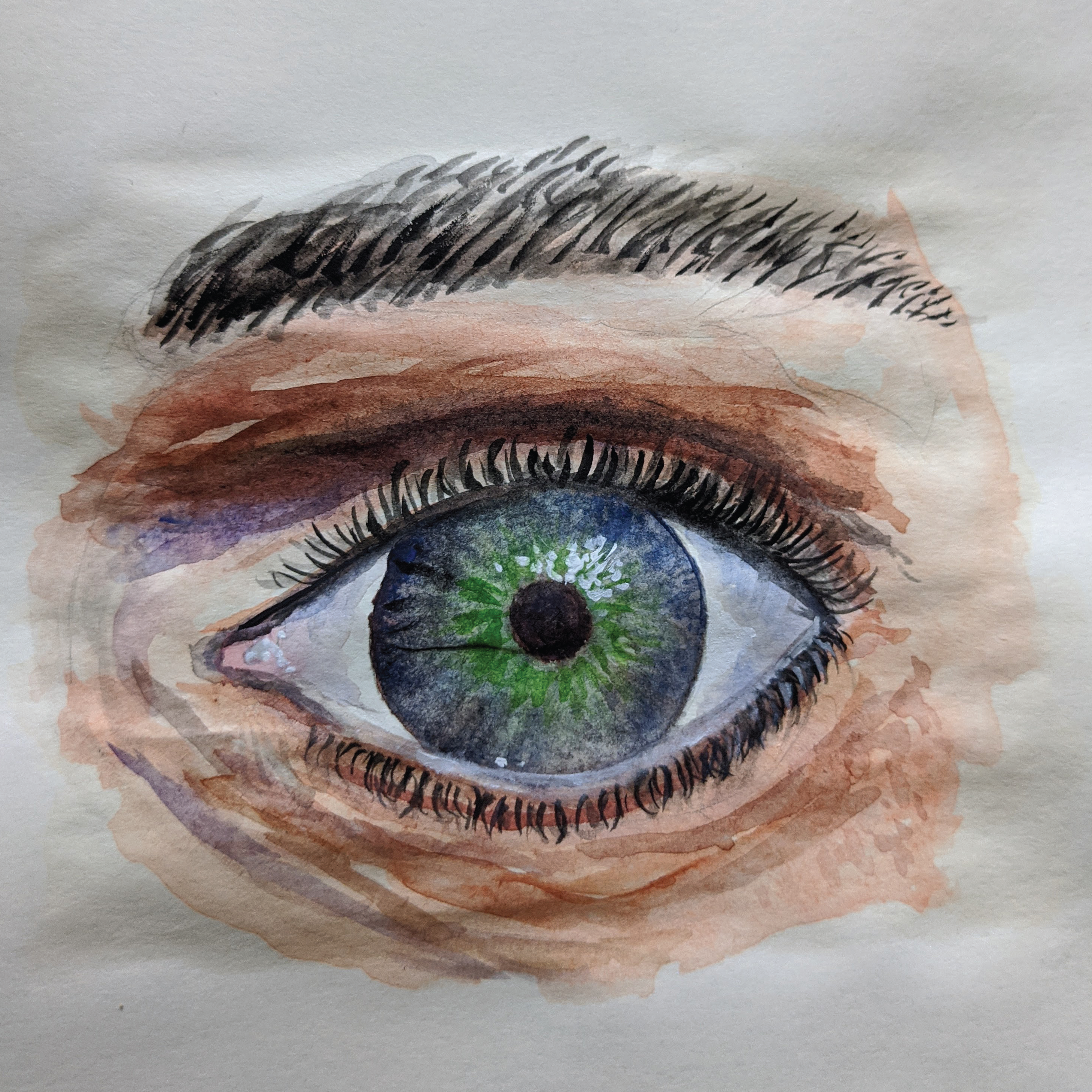
The constant evolution of watercolors remind me of the importance of enjoying the journey and not solely focusing on the destination.
Visual perception
Ninglu Weng is a medical student from Canada with a keen interest in both ophthalmology and the visual arts.
https://www.ningluweng.com/
Anomalous iris vessel
Michael P. Kelly, FOPS is Director of Remote Diagnostic Imaging at Duke University Eye Center in Durham, North Carolina. He is a Fellow – and the immediate past president – of the Ophthalmic Photographers’ Society. He has written fifty peer-reviewed publications and five book chapters, and has given over one hundred lectures. His image is an anterior segment fluorescein angiogram of a patient referred for the presence of a suspicious vessel coursing over the iris.
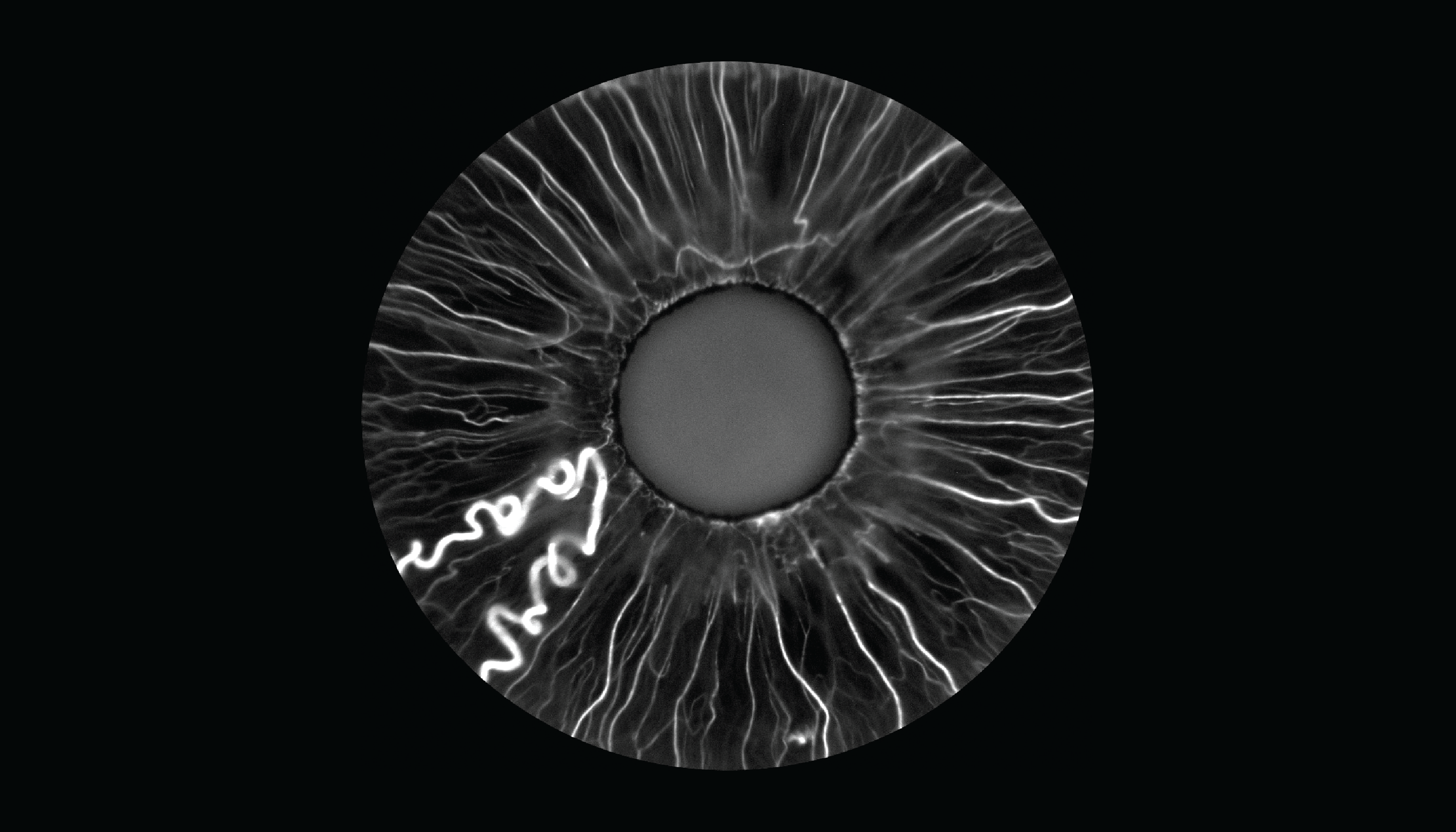
Impressions
Richard Aldred is an Ophthalmic and Research Imager. His background is in professional photography, and he continues an artistic practice as a photographer. He holds a postgraduate degree in Photography, and undergraduate degrees in Optical Coherence Tomography, Commercial Photography, and Law. Lifelong influences include Maurice Sendak (illustration), Joe Colombo (industrial design), and Lt. Columbo (detective). His work has been published and exhibited worldwide.
https://richardaldred.com
